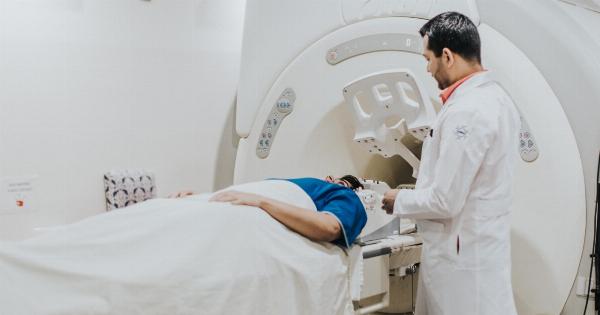Eating disorders refer to a wide range of mental health conditions that cause disturbances in eating habits. These disorders can have a significant impact on physical and emotional health, often leading to serious physical and psychological problems.
Recognizing the early signs of eating disorders among children and teens is crucial for early intervention and treatment.
What are Eating Disorders?
Eating disorders are mental health conditions that involve abnormal or disturbed eating habits. They are a form of psychological illness, which affects people of all ages, genders, races, and backgrounds. The most common eating disorders include:.
- Anorexia nervosa: A condition characterized by an intense fear of gaining weight, resulting in severe food restriction, and extreme weight loss.
- Bulimia nervosa: A condition characterized by frequent episodes of binge eating, followed by purging (vomiting, laxatives, diuretics, fasting).
- Binge eating disorder: A condition characterized by frequent episodes of binge eating, but without purging.
- Other specified feeding or eating disorder (OSFED): A condition that does not meet the criteria for the above three disorders but still involves significant distress or impairment in functioning.
Causes of Eating Disorders
Eating disorders are complex conditions that can have a variety of causes, including a combination of environmental, psychological, and biological factors. Some of the common causes of eating disorders among children and teens include:.
- Genetic predisposition
- Low self-esteem
- Poor body image
- Stressful life events
- Trauma
- Cultural and societal pressure to be thin
- Family and relationship problems
- Certain personality traits, such as perfectionism and obsessiveness
Recognizing Early Signs of Eating Disorders
Early intervention is key to successful treatment of eating disorders. Parents, teachers, coaches, and healthcare professionals can play a vital role in identifying early signs of eating disorders among children and teens.
Some of the common warning signs to look out for include:.
- Significant weight loss or fluctuation in weight
- Obsessive calorie counting and food restriction
- Excessive exercise or physical activity
- Distorted body image
- Preoccupation with food, weight, and body shape
- Social withdrawal or isolation
- Secretive behavior around food
- Refusal to eat certain foods or food groups
- Mood swings and irritability
- Denial of hunger or fullness cues
Treatment of Eating Disorders
If you suspect that your child or teen has an eating disorder, seek professional help as soon as possible. Eating disorders can be treated successfully with early intervention and treatment. Treatment usually consists of a combination of:.
- Psychotherapy (talk therapy)
- Medical treatment for physical complications
- Nutritional counseling and meal planning
- Family therapy and support
- Medications (in some cases)
Preventing Eating Disorders
The best way to prevent eating disorders is by promoting healthy eating habits and a positive body image. Parents, teachers, and healthcare professionals can play a vital role in promoting healthy habits.
Some of the things that can help prevent eating disorders include:.
- Show positive body image and self-esteem
- Promote healthy eating habits and regular physical activity
- Encourage open communication and discussion about body image and healthy habits
- Encourage healthy attitudes towards food and eating
- Monitor social media and other media exposure that promotes unrealistic beauty standards and body ideals
- Seek professional help if necessary
Conclusion
Eating disorders are serious mental health conditions that can have a significant impact on physical and emotional health. Early intervention and treatment can make a significant difference in the recovery process.
Parents, teachers, and healthcare professionals should be aware of the early signs of eating disorders and seek professional help as soon as possible. By promoting healthy eating habits and a positive body image, we can help prevent the development of eating disorders and promote overall health and well-being among children and teens.



























